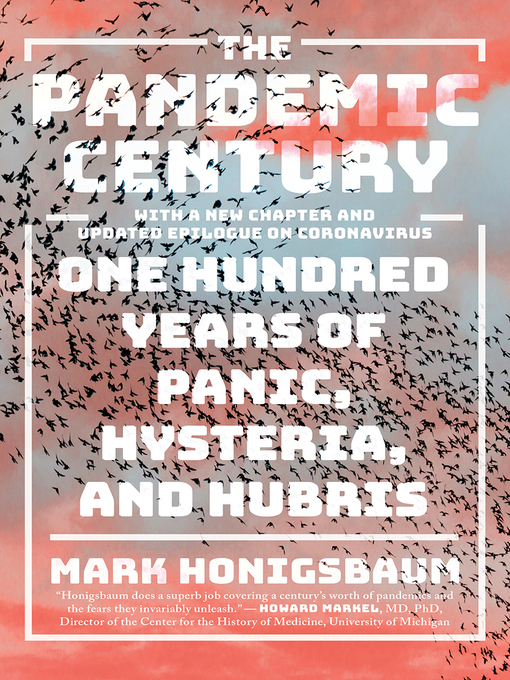With a New Chapter and Updated Epilogue on Coronavirus
A Financial Times Best Health Book of 2019 and a New York Times Book Review Editors' Choice
"Honigsbaum does a superb job covering a century's worth of pandemics and the fears they invariably unleash." —Howard Markel, MD, PhD, director of the Center for the History of Medicine, University of Michigan
How can we understand the COVID-19 pandemic? Ever since the 1918 Spanish influenza pandemic, scientists have dreamed of preventing such catastrophic outbreaks of infectious disease. Yet despite a century of medical progress, viral and bacterial disasters continue to take us by surprise, inciting panic and dominating news cycles. In The Pandemic Century, a lively account of scares both infamous and less known, medical historian Mark Honigsbaum combines reportage with the history of science and medical sociology to artfully reconstruct epidemiological mysteries and the ecology of infectious diseases. We meet dedicated disease detectives, obstructive or incompetent public health officials, and brilliant scientists often blinded by their own knowledge of bacteria and viruses—and see how fear of disease often exacerbates racial, religious, and ethnic tensions. Now updated with a new chapter and epilogue.



